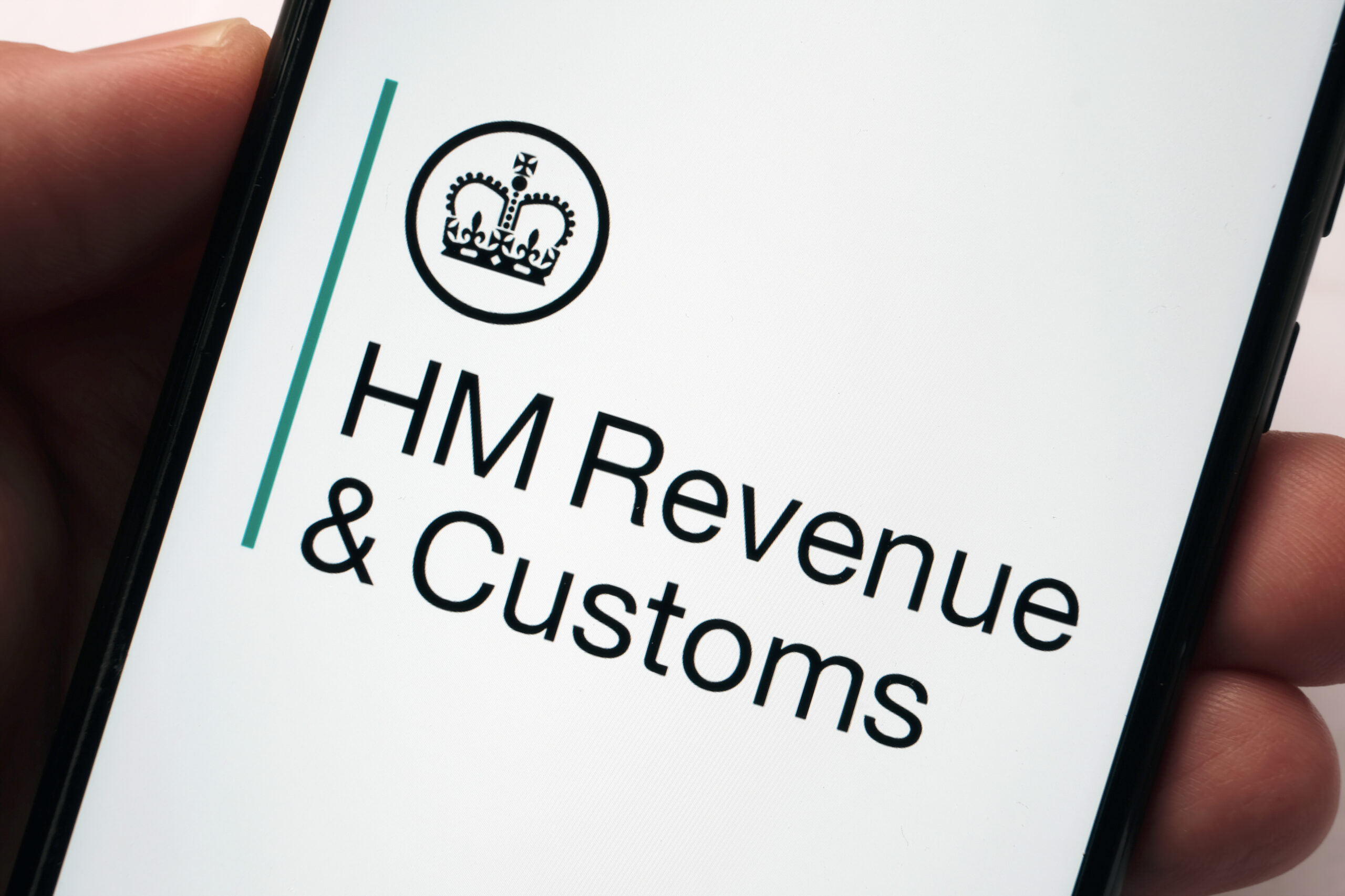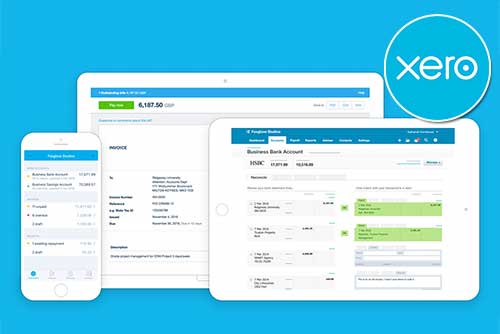Understanding Pay As You Earn (PAYE): A Comprehensive Guide
Pay As You Earn (PAYE) is a system many governments across the world use to collect income tax and National Insurance Contributions (NICs) from employees’ earnings. It’s a method designed to make the process of paying taxes simpler and more manageable for both employers and employees.
In this article, we’ll explore the key aspects of PAYE, including how it works, who it applies to, and its implications for both employers and employees.
What is Pay As You Earn (PAYE)?
PAYE is a system through which employers deduct income tax and NICs from employees’ wages or salaries before paying them. The deducted amounts are then paid directly to the government on behalf of the employees. This system ensures that taxes are collected throughout the tax year, rather than in a lump sum at the end, making it easier for individuals to manage their tax obligations.
Employers also make other deductions through the PAYE system, such as student loan repayments and pension contributions (if applicable).
What is Income Tax?
This is a tax on the income you earn from various sources such as employment, self-employment, pensions, savings, and investments. The amount of income tax you pay depends on how much you earn, with different tax rates and thresholds for different income levels.
For example:
- You can earn £12,570 before you start paying income tax. This is your personal allowance.
- Income above the personal allowance up to £37,700 is taxed at the basic rate of 20%.
- Income from £37,701 to £125,140 is taxed at the higher rate of 40%.
- Income over £125,140 is taxed at the additional rate of 45%.
Income tax is collected by HM Revenue and Customs (HMRC), through PAYE if you’re employed. Self-employed workers pay income tax through Self Assessment.
What is National Insurance?
National Insurance is a contribution-based system that helps fund state benefits and services, including the NHS, state pensions, and other social security benefits. National Insurance contributions are based on your earnings, and they are automatically deducted from your wages if you’re employed.
National Insurance contributions are divided into different classes, and the amount you pay depends on your earnings and employment status.
For example:
- Class 1: Paid by employees earning more than £242 a week and under the State Pension age. If you earn between £242 and £967 a week, you pay 8% of your earnings. Earnings above £967 a week are charged at 2%.
- Class 4: If you’re self-employed and have profits that are more than £12,570 a year, you must pay Class 4 contributions (6% on profits between £12,570 and £50,270 and 2% on profits over £50,270).
Self-employed workers do not typically pay NICs through the PAYE system. Instead, they are responsible for paying their NICs directly to HMRC through the Self Assessment process.
How Does PAYE Work?
- Tax Codes: In the UK, each employee is assigned a tax code by HMRC, or the equivalent tax authority in other countries. The tax code determines how much tax-free income an individual is entitled to in each pay period. In the UK, for instance, you don’t pay tax on the first £12,570 you earn. After that, the tax rate increases as your income does.
- Employer Responsibilities: Employers are responsible for deducting the correct amount of income tax and NICs from their employees’ pay based on their tax codes. This amount is then reported to HMRC along with details of the employee’s earnings.
- Payroll System: Most employers use a payroll system to calculate and process their employees’ wages, including deductions for taxes and NICs. These deductions are made automatically based on the information provided by HMRC.
- Payments to HMRC: The tax and NICs deducted from employees’ wages are typically paid to HMRC on a monthly or quarterly basis, depending on the size of the employer’s payroll.
- Annual Reconciliation: At the end of the tax year, employers are required to reconcile the total amount of tax and NICs deducted from employees’ pay with the amounts reported to HMRC. Any discrepancies are adjusted through the year-end reconciliation process.
The PAYE Process for Employers
- Employer Registration: Businesses must register as employers with HMRC to obtain a PAYE reference number.
- Employee Information: Employers collect necessary information from employees, including their National Insurance number, tax code, and previous P45 form (if applicable).
- Payroll Processing: During payroll, employers use the employee’s tax code and earnings to calculate the appropriate tax and NI deductions.
- Net Pay and Reporting: The employer pays the employee their net salary (gross pay minus deductions) and reports the deducted tax and NIto HMRC through Real Time Information (RTI). RTI is an electronic system that transmits payroll information to HMRC as soon as employees are paid.
Benefits of PAYE
The PAYE system offers several benefits for both employers and employees, as well as for the government. Here are some of the key advantages:
For Employers:
PAYE simplifies the process of calculating and deducting income tax and NICs from employees’ wages. Employers can use automated payroll systems to accurately calculate deductions and ensure compliance with tax regulations. This reduces the administrative burden associated with managing employee taxes.
PAYE also ensures that income tax and NICs are collected throughout the tax year, rather than in a lump sum at the end. This helps ensure that tax payments are made promptly, reducing the risk of penalties for late or non-payment.
For Employees:
PAYE allows employees to have their income tax and NICs deducted directly from their wages or salaries before they receive them. This helps individuals manage their tax obligations more conveniently as they do not have to worry about calculating and paying their income tax and national insurance.
For the Government:
PAYE provides a steady stream of revenue to the government throughout the tax year. By collecting income tax and NICs from employees’ pay on a regular basis, the government can maintain a consistent flow of tax revenue to fund public services and infrastructure.
It also facilitates efficient tax collection by allowing taxes to be collected at source, directly from employees’ wages or salaries. This reduces the risk of tax evasion and non-compliance, ensuring that the government receives the tax revenue it is owed.
The Importance of Understanding PAYE
PAYE is a vital component of the tax system in many countries, ensuring that taxes are collected efficiently and fairly from employees’ earnings. By understanding how PAYE works and the responsibilities it entails for both employers and employees, individuals can better manage their tax obligations and ensure compliance with the law.





















